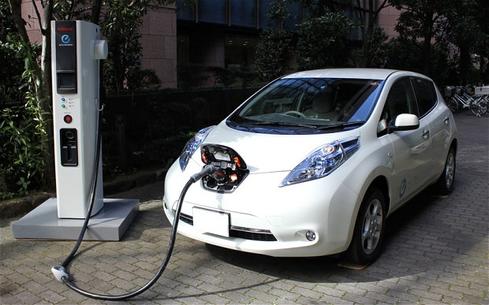There's too much waste in IT, and it should look to the car industry for examples of efficiency and innovation.

doing the same job over and over again. Automating IT processes such as OS deployments or software distribution will result in immense time and cost savings and will also create a future-proofed repeatable process.
We need to stop trying to reinvent the wheel. Sophistication in IT is about capturing and codifying complex processes and creating software so it can be repeated again, and again, and again.
The irony is that IT teams are failing to use computers for the very purpose they were designed for: to speed up and automate complex or lengthy processes. Many use these capabilities for their business processes, however our view is that too many companies fail to maximize the use of computers to distribute software or maintain their IT estates.
Efficiency is a choice
Being efficient is an easy choice to make if you're buying a car. The progress in car design means that fuel efficiencies can easily coexist with technology and high performance.
But for today's IT departments, it's not a very obvious choice. Few CIOs have a specific objective to reduce waste and make IT run more efficiently, because other tactical measures such as meeting project deadlines and rolling out new software soon take the spotlight.
The auto industry prides itself on fuel efficiency that cuts carbon footprints and reduces miles per gallon. Those responsible for enterprise IT infrastructure, hardware, and software are spending approximately 80% of IT budgets on just maintaining the status quo. Reduce this figure by just 5% by removing unnecessary technology cost from the business can result in the equivalent of adding another 10 miles per gallon. For example, by reclaiming unused software, an energy/oil company realized more than $12.2 million savings in software license costs.
It's time for IT professionals to stop accepting the waste problem in IT and start challenging the status quo.
The first hybrid car won at Le Mans in June 2012, but the real winner was new technology that enabled this game-changing feat. Tools designed to remove unnecessary technology cost from the business did not exist a few years ago, but now they do. Let's put them to use.
IT leaders who don't embrace public cloud concepts will find their business partners looking elsewhere for computing capabilities. Get the new Frictionless IT issue of InformationWeek Tech Digest today.
About the Author(s)
You May Also Like







